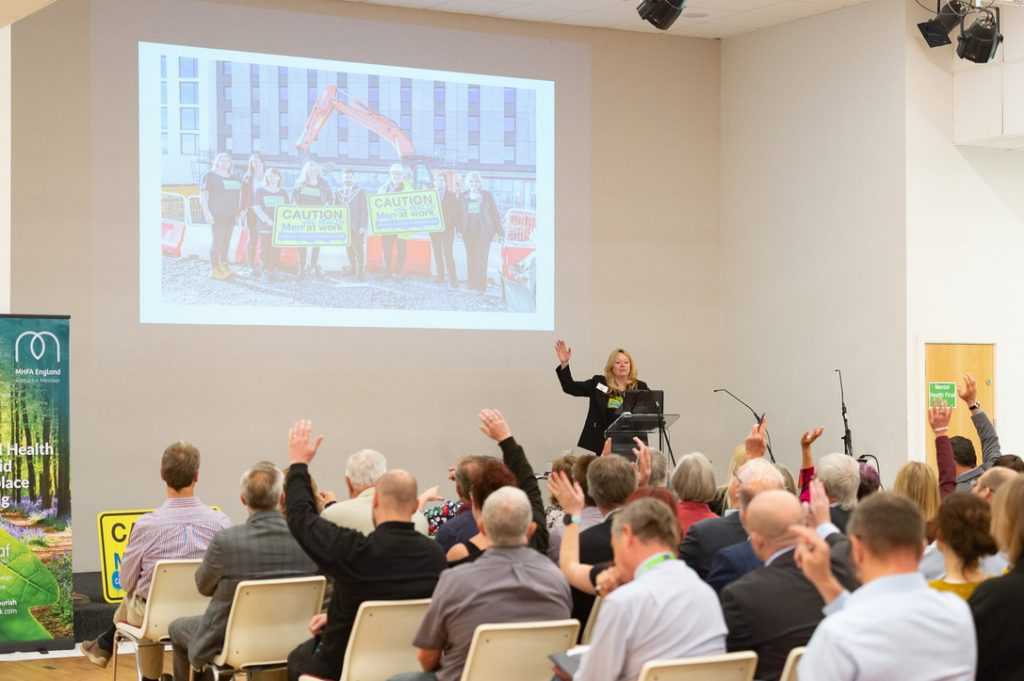As we enter the fourth quarter and begin planning for a new year, our thoughts turn towards new beginnings and fresh approaches to the way we work. Leadership is undergoing a much-needed transformation due to the increasing need for a paradigm shift in response to complex global challenges.
Reimagining the nature of business with regenerative leadership could transform the way we lead and how we navigate the ongoing climate crisis, which could have perspective-shifting implications for years to come.
We’ve shifted our organisational focus to align with regenerative principles. What is regenerative leadership, and how do we act upon it?
What is regenerative leadership?
Regenerative leadership redefines the way we lead by applying the logic of life to allow organisations to flourish, ecosystems to thrive, and individuals to reconnect with nature and reclaim an active role within it.
It’s a revolutionary approach that replaces outdated systems that run on the assumption that there will always be infinite natural resources to profit from. These systems typically follow strict hierarchical structures that benefit the few at the expense of many. Regenerative leadership is rooted in the teachings of the natural world – its processes and dynamics, systems and cycles – to explore how we can collaborate more effectively and find sustainable solutions to the challenges the planet is facing.
The co-author of Regenerative Leadership: The DNA of life-affirming 21st-century organisations, Laura Storm, sums it up nicely:
‘Regenerative leadership boils down to us reclaiming the knowledge which is inherent in every system around us […] to create vibrant and thriving cultures that also show that it’s good business to take care of our inner resources and outer resources.’
5 principles of regenerative leadership
The five principles of regenerative leadership redefine workplace culture by aligning with the logic of life to create mindful organisations that refuse to compromise when it comes to the wellbeing of the planet and all who reside on it.
Regenerative leaders are life-affirming
The regenerative model is based on life-affirming principles that stray from the traditional take-make-waste approach.
Regenerative leaders look to natural production cycles and biomimetics to emulate elements of nature and solve complex human problems. They also capitalise on a circular economy where everything is reused, recycled and upcycled in a sustainable loop to lessen the impact on fragile supply chains.
Here at New Leaf Workplace Wellbeing, we’ve taken many steps towards sustainability, from switching to an ethical bank to donating 50% of the income from our Bee Happy Stress Management talks to the Somerset Beekeepers’ Association to support local ecosystems. Our clients support these life-affirming principles and act on their conscious social responsibility every time they work with us.
Regenerative leaders are also life-affirming in the way they create friendly, open-minded spaces where thought experiments are encouraged and everyone is heard. By building workplaces that champion an evolving developmental culture where failure isn’t the enemy, we create an environment where opportunities are explored out in the open instead of behind closed doors.
2. Life is responsive
In life, we try to be responsive and adaptive to change.
Existing hierarchical structures, however, stall decision making and are often borne out of apathy and fear. Change is a constant. Employees need a safe space to grow and express themselves through the work that they do. By increasing learning potential, we empower employees to thrive, share precious knowledge with their colleagues, and encourage consistent growth.
Self-organisation is just one of the techniques to create a brighter future. Under regenerative leadership principles, the CEO takes on the role of facilitator and listener to support teams, encourage feedback and nurture ideas. In her article on liminal leadership, Becky Wright, CEO of New Leaf, muses on the role of a good leader and their need to ‘create a culture of trust, care and expansive influence.’
We pride ourselves on being a Next Stage Organisation. We celebrate a fluid self-management structure that allows our team to work towards a shared vision and make decisions based on the core values that sit at the heart of everything we do.
Becky noted the value of adopting this approach, ‘Our work is bringing greater satisfaction to the team, and we are enjoying the newfound freedom that comes with loosening the shackles of traditional management and embracing freethinking.’
By allowing employees greater autonomy, leaders create profitable, productive and cost-effective teams comprised of empowered individuals who feel appreciated and inspired. 
3. Life is interconnected
Regenerative models recognise that our inner ecosystems, like how we think, feel and act, are directly related to our outer ecosystems, like how we experience the world and how financial, industrial and sociopolitical structures feed into said experiences.
Connection sits at the heart of business. In their guide to regenerative leadership in practice, Giles Hutchins and Katherine Long explore this undeniable interconnectivity:
‘When we stop seeing ourselves as being the centre of the universe but as co-participants in life with all living beings, collectively partaking in that shared responsibility, we can start to relax a little, and get in flow with the life that is wanting to be expressed through our shared humanity.
That deeper impulse towards evolution is just under the surface, right here within this moment, waiting to breakthrough. As regenerative leaders, one of the most important things we can do is create the conditions for it to emerge.’
By forming meaningful relationships, we’re able to create partnerships that work on a win-win-win basis – you win, your colleagues and partners win, and natural ecosystems also benefit.
4. Life is diverse
Regenerative leaders don’t just hire people who remind them of themselves. They hire people from other backgrounds who might have seemingly ‘unconventional’ ways of thinking to encourage the emergence of new ideas that may otherwise lay dormant.
We need to swap monocultural corporate environments for spaces that celebrate diversity, whether gender, cultural, racial, social or educational. In doing so, we’re able to reflect life.
Research shows that companies with greater levels of diversity consistently outperform those with low levels. In their 2019 report, McKinsey & Co found that companies in the top quartile for gender diversity on executive teams were 25% more likely to have above-average profitability than companies in the fourth quartile.
Companies in the top-quartile for ethnic and cultural diversity outperformed those in the fourth quartile by 35%. As McKinsey & Co advised, however, diversity isn’t a tick box exercise. We need ‘inclusive leadership and accountability among managers, equality and fairness of opportunity, and openness and freedom from bias and discrimination.’
5. Life is cyclical
Much like the natural world, we’re cyclical by nature.
We experience the seasons, night and day, the ebb and flow of the tides.
We’re forever traversing the various seasons of our lives and need periods of rest and respite to evolve and welcome new ways of thinking. But, we’ve created organisational structures that rinse and repeat with little time for reflection.
Regenerative leadership encourages teams to press pause and reflect rather than push for innovation after innovation. In her 2019 TED Talk, Laura Storm explores this cyclical quality, ‘Our brainwaves need that time to recalibrate and be truly wise. Regenerative leaders create the space for reflection, integration, and learning from what they’ve just been through instead of pushing and going forward with new ideas.’
In response to the COVID-19 pandemic, for example, New Leaf started ‘We Mean Business’ – a monthly ‘Wellbeing Zoom Room’ where business owners could explore emerging ideas and embrace their creativity to find solutions in a low-pressure environment.
How to adopt regenerative leadership in the workplace:
- Rethink leadership frameworks and restructure accordingly
- Introduce mindful practices, encourage regular breaks and organise staff wellbeing days
- Encourage self-organisation and value the autonomy of employees
- Lead by inquiry and move beyond outcome-driven approaches
- Create inclusive environments and celebrate diversity
- Rest and reset between cycles and make space for quiet reflection
- Trust the process and recognise that transformational change takes time
How does regenerative leadership impact wellbeing?
When we move beyond archaic frameworks that are no longer serving the best interests of our organisations, we prioritise not only our own wellbeing but the wellbeing of the world around us.
When we move to regenerative leadership, we embrace the freedom to celebrate collective contribution, value our inherent wisdom, and reclaim our future. These steps all lead to happier, healthier and more balanced organisations.
Sounds pretty good, right?!
In growing more in tune with the world around us, we’re able to revolutionise the way we lead our lives and infuse everything we do with intention. Will you be experimenting with regenerative leadership?
Here at New Leaf, we are passionate about building a more compassionate culture. Delve into the archives and read some of our workplace-focused blog posts, from liminal leadership and the bluebell wood to engaging employees with their wellbeing.
Enjoyed this post and learned something new? Share it!
Are you keen to discover how New Leaf Workplace Wellbeing can help you act upon your conscious social responsibility? Email Becky at [email protected] for information.
This post was written in collaboration with Bee Higgins, the copywriter and content writer behind Vivatramp Creatives.





